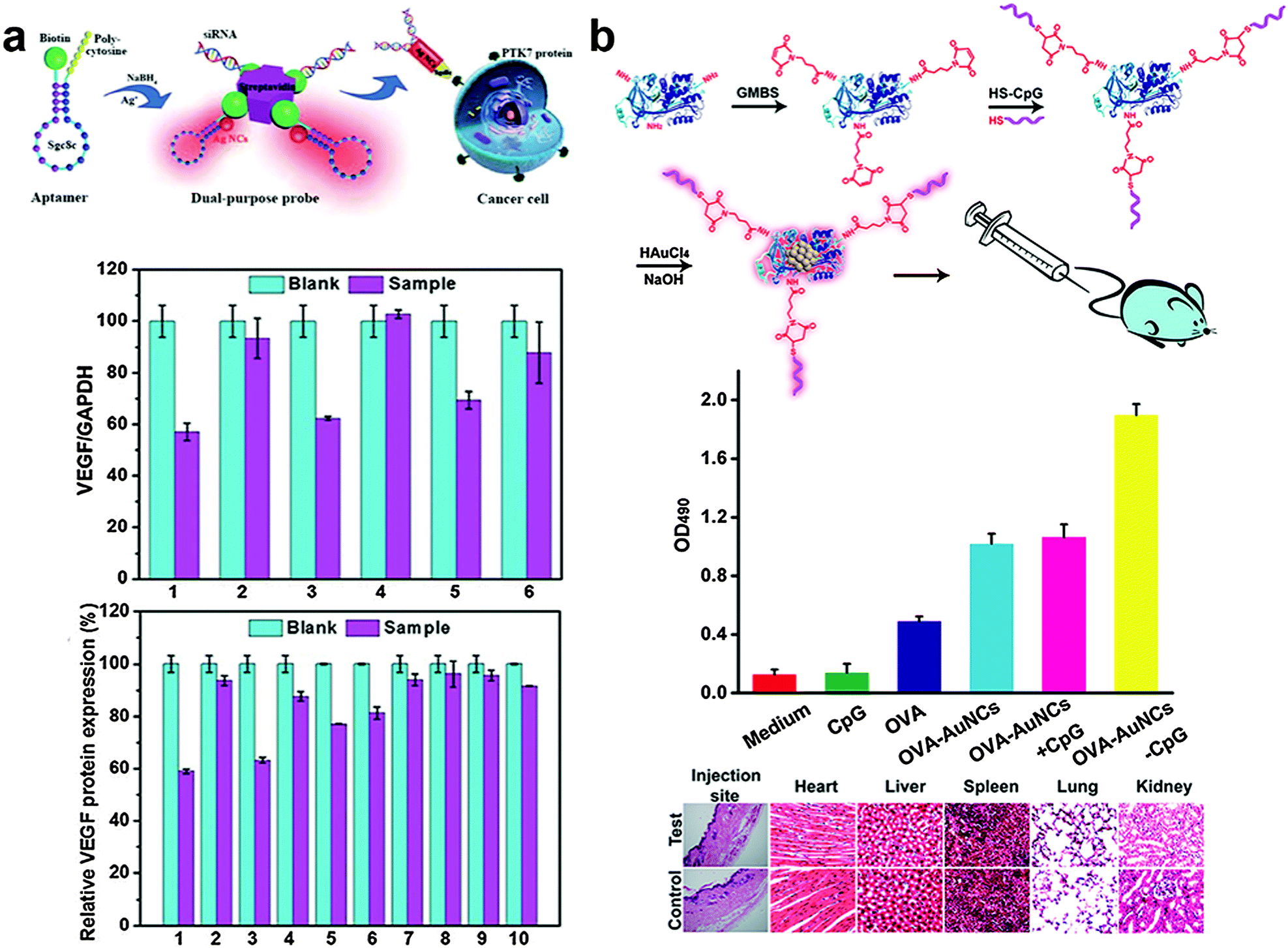Blank Biohimii Krovi

Many patients are interested in the question - whatrepresents the biochemistry of blood, as well as residual nitrogen, the interpretation of blood tests. Biochemical analyzes are widely used in diagnosis, they help to identify serious diseases, such as diabetes, cancerous growths, various anemias, and to take timely measures in treatment. Residual nitrogen is present in urea, creatinine, amino acids, indicator. The level of it can also indicate any pathological changes in the human body. Blood chemistry Illustrative analysis of biochemical composition of bloodit is possible with a high degree of probability to determine at the early stages of various changes in tissues and organs. Preparation for biochemistry is carried out in the same way as with the usual taking of blood tests. For research, blood sampling is made from the ulnar vein.
-svertyvajushhaya-sitema-krovi.pdf 2019-02-06T10:11:35+10:00 Daily 0.64. Btbit.org 磁力链接搜索引擎,为您提供最好的磁力链接和种子搜索引擎。 首页 女优大全 番号大全 大家刚搜过 电影 保存到桌面 收藏我们 请选择语言 English 日本語 繁體中文 한국어 简体.
Important criteria are as follows: • Protein availability; • nitrogenous fractions - residual nitrogen, creatinine, urea content, inorganic compounds; • the content of bilirubin; • level of metabolism of fats. Residual blood nitrogen - what is it? In conducting biochemical blood testsestimate the total content of blood substances in which nitrogen enters, only after all the proteins have been extracted. The sum of the data is called the residual nitrogen of the blood. This index is recorded only after the proteins are removed, for the reason that they have the most nitrogen in the human body.
Thus, the residual nitrogen of urea, amino acids, creatinine, indicator, uric acid, ammonia is determined. Nitrogen can also be contained in other substances of non-protein origin: peptides, bilirubin, other compounds. The data on residual nitrogen analyzes give an idea of the patient's health, point to chronic diseases that are most often associated with the problems of kidney output and filtering functions. Normally, the residual nitrogen is from 14.3 to 28.5 mmol / liter. An increase in this indicator occurs against the background of: • polycystic; • chronic kidney disease; • hydronephrosis; • stones in the ureter; • tuberculous kidney disease. Diagnostics Since the sample for nitrogen residual is included in thebiochemical analysis, preparation is carried out according to the same principles as before delivery to other components of this diagnostic. To get more correct results, you must follow a number of rules when giving blood to biochemistry: • If you have to re-analyze,it is done in the same laboratory as for the first time.

Since all laboratories have their own diagnostic tests, they differ in systems for the evaluation of the result. • The blood sample is taken from the ulnar vein, possibly from the finger, if there is no access to the vein or it is damaged. • Perform the test on an empty stomach, no less than 9-12 hours after the last meal. You can drink water, but without gas.
• The ideal time for taking blood is usually 7-10 hours in the morning. • Three days before the analysis it is better to keep the usual diet, you need to remove only fatty, hot and fried. • For three days it is necessary to exclude sports activities, especially if they are associated with body overload. • If an analysis is to be carried out for residual blood nitrogen, biochemistry requires the withdrawal of medications. With the attending physician, this moment must be discussed. • The results can be affected by stress, anxiety, so at least half an hour before the samples should sit in a quiet environment.